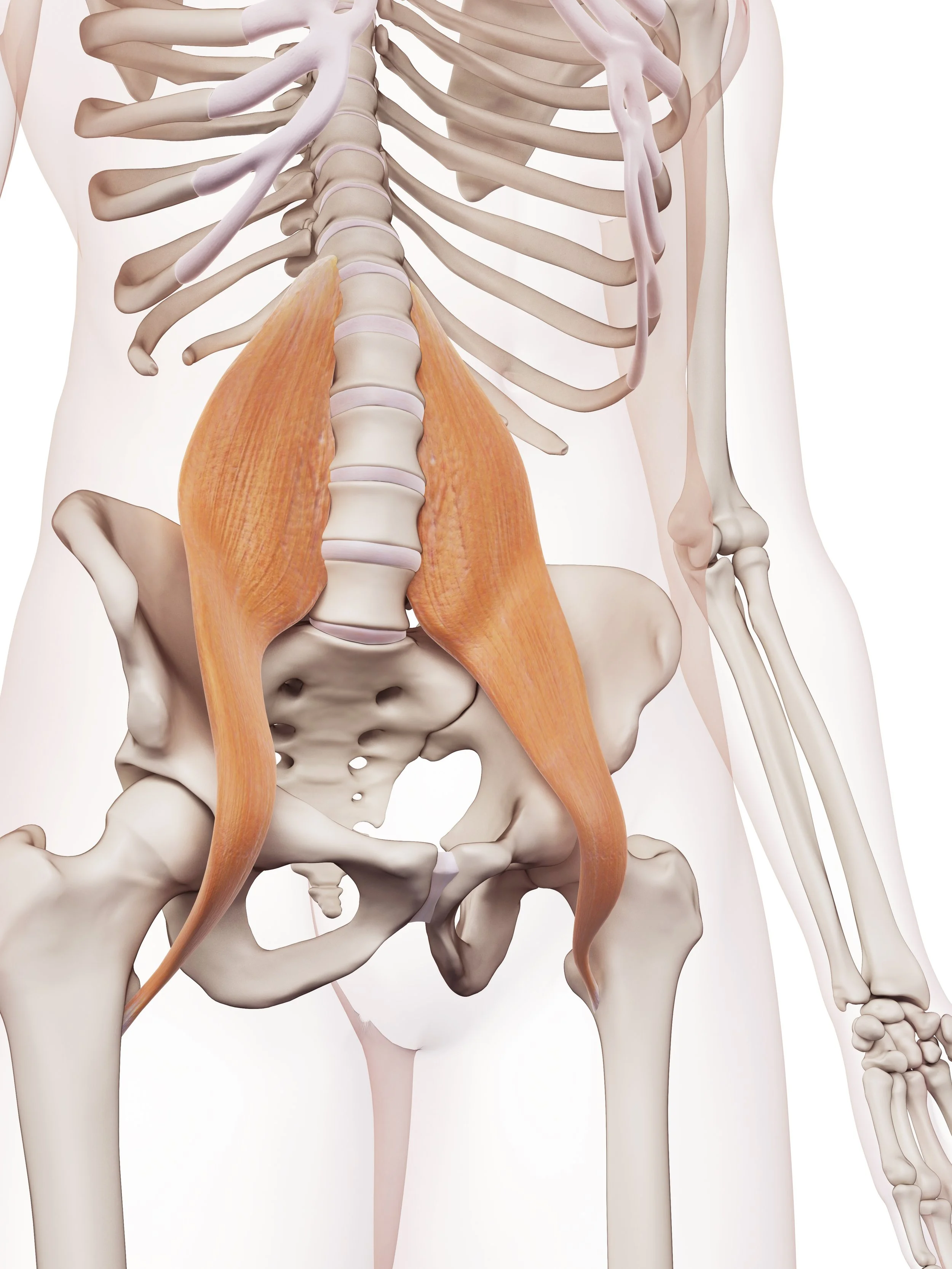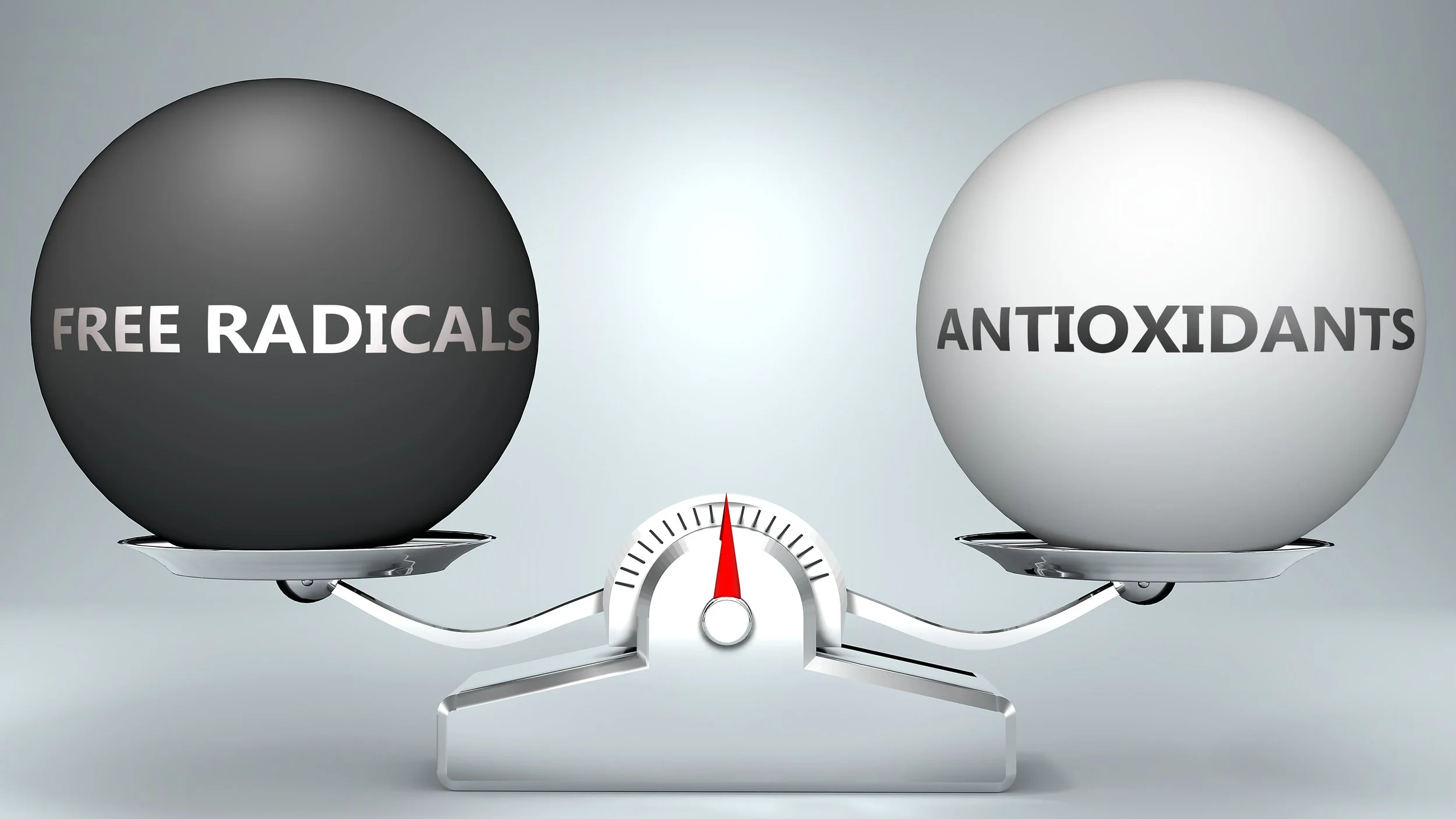So in Part I we discussed the rainforest and nutrient dense soils, we are going to keep building off of that here in Part II.
When your body is being nourished, it can actually move water. We want to be able to move water in and across cell membranes. When we think of water moving, we also have to think about water staying. Think of stagnant water that hasn’t had any movement, it usually get pretty gross, hence why not only do we need to be hydrated, but we need nutrients to be well nourished in order to move the water that is inside of us.
Many people have heard “muscles weigh more than fat” and that is not wrong. Muscle also contains 70-75% water and are generally considered storage components for nutrients. Meaning more muscle is storing more nutrients and what did we find out in Part I, “water follows nutrients”. Now, unlike muscle, fat is able to store toxins and it is actually only 10-15% water weight.
I want to touch a little bit on fascia hydration. In previous Soft Tissue blogs I talk about fascia so if you want more on that feel free to check those ones out.
So, in this Hydration for Performance talk by Todd Stableton that I had listened to it was brought up that fascia is the delivery mechanism for fluid. Meaning that when I have discussed soft tissue and fascia binding and if you have ever had some additional soft tissue care, your provider usually reminds you to drink some extra water that day, because these bindings are not allowing for the delivery mechanism to flow, the water flow is being stopped. There is a blockage in the system.
It all comes together, being hydrated isn’t just drinking enough water, but also having the nourished system to hydrate within the cells and keeping fascia unbound and flexible in order to keep the delivery mechanism flowing. It all comes full circle.
As it begins to warm up here in MN, think about how you are going to keep yourself hydrated.







